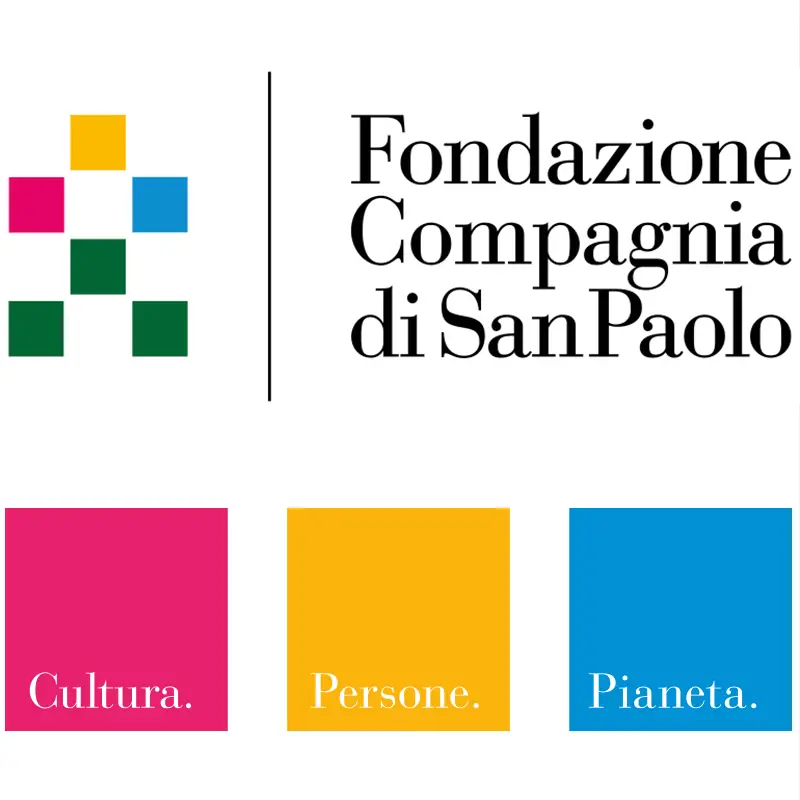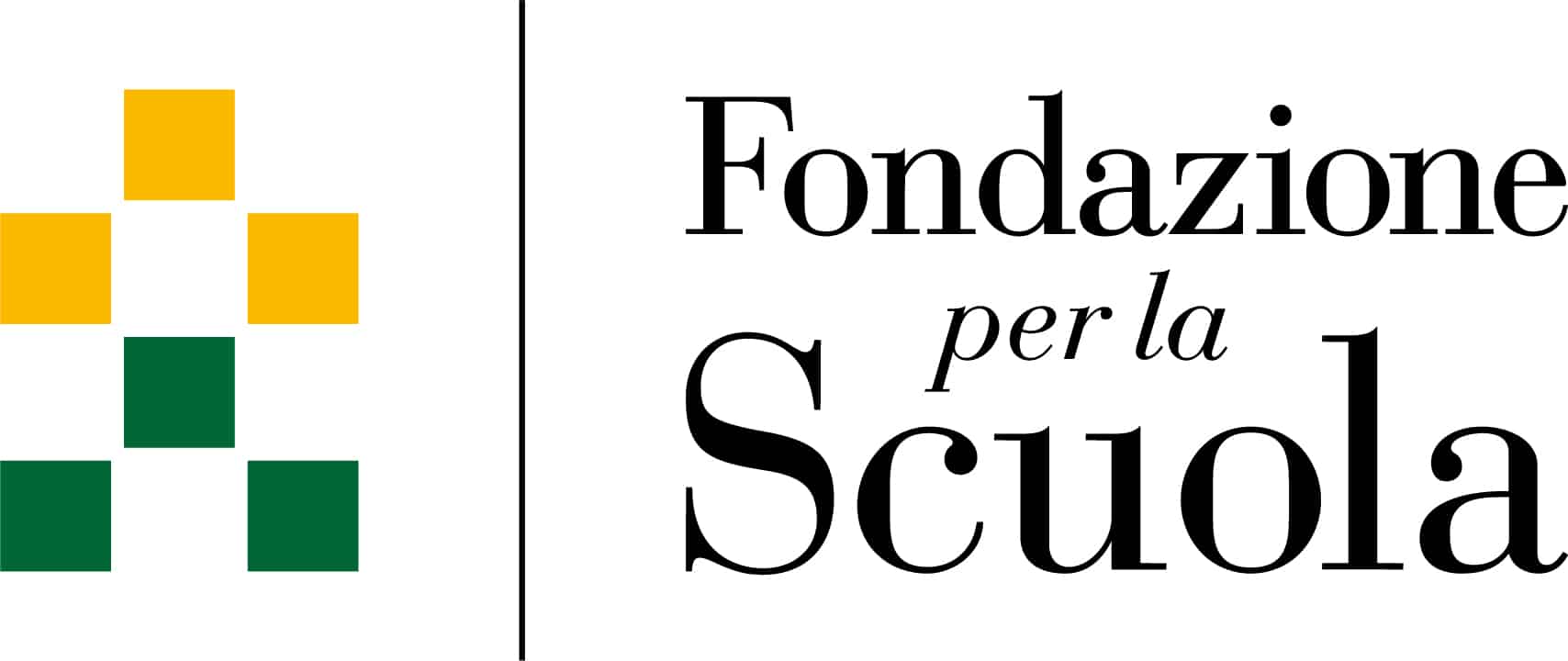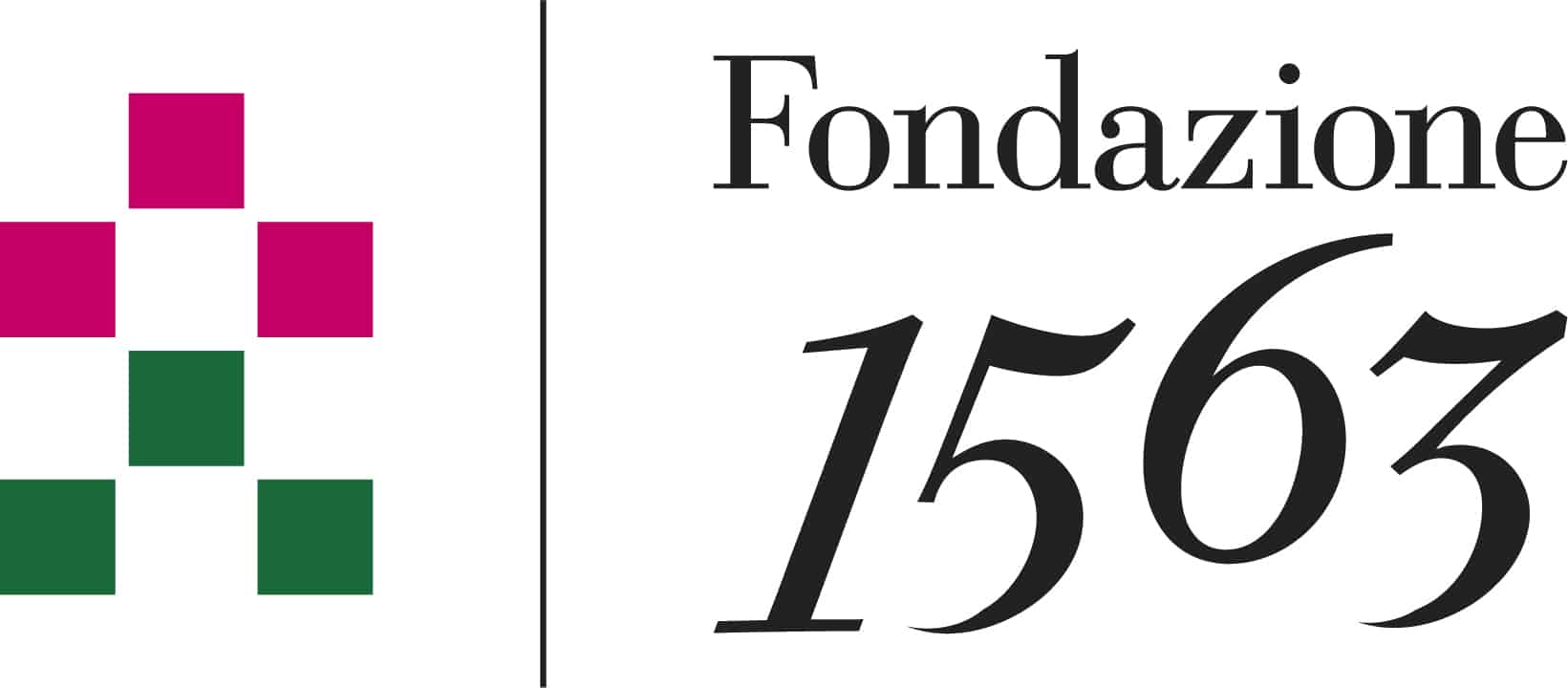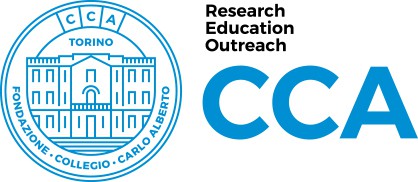A history of dedication to the development of society.
The origins of Fondazione Compagnia di San Paolo (FCSP), one of Europe’s largest private foundations of banking origin, go back to a confraternity founded in 1563. The Foundation’s structure has been transformed several times over the centuries, to meet the needs of citizens. Throughout its evolution, it has upheld its philanthropic calling and continued to provide help and support for the civil, cultural and economic development of the community in which it operates.
Historical milestones
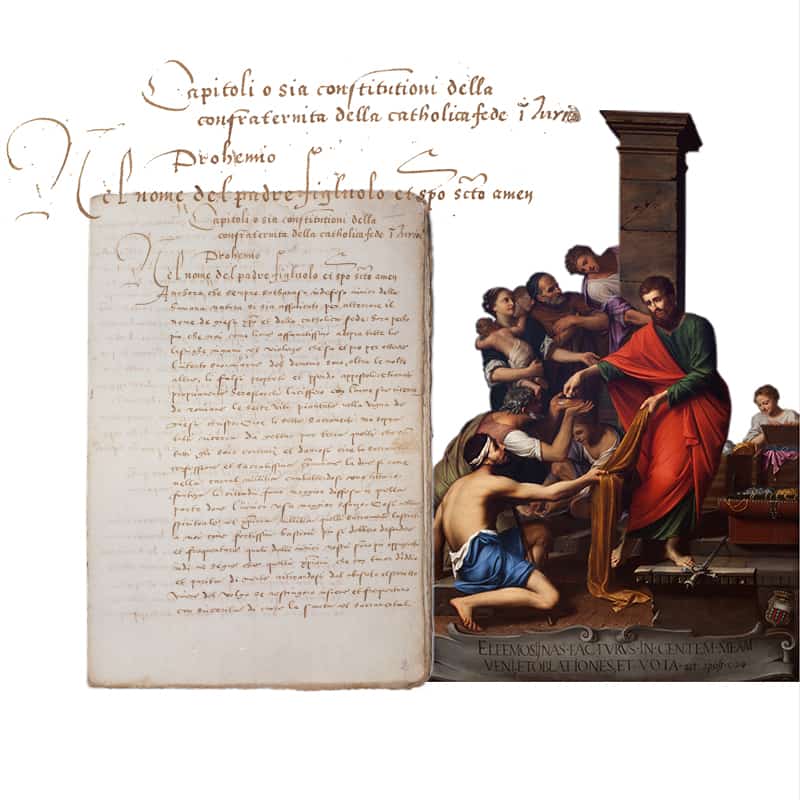
1563
With Turin’s economy in tatters in the wake of a long period of war, seven of its citizens founded the Compagnia di San Paolo, for the dual purpose of supporting the poverty-stricken population and stemming the rising tide of Protestantism.
1579
Help for the poor was provided in the form of discreet, citywide home care and by establishing various charitable and educational institutions: the Monte di Pietà was founded in 1579 to lend money to the poor against belongings pledged as security; Ufficio Pio, established in 1595, helped people in difficulty from all social strata, including nobles fallen on hard times, impoverished merchants, orphaned girls, sick people and beggars.

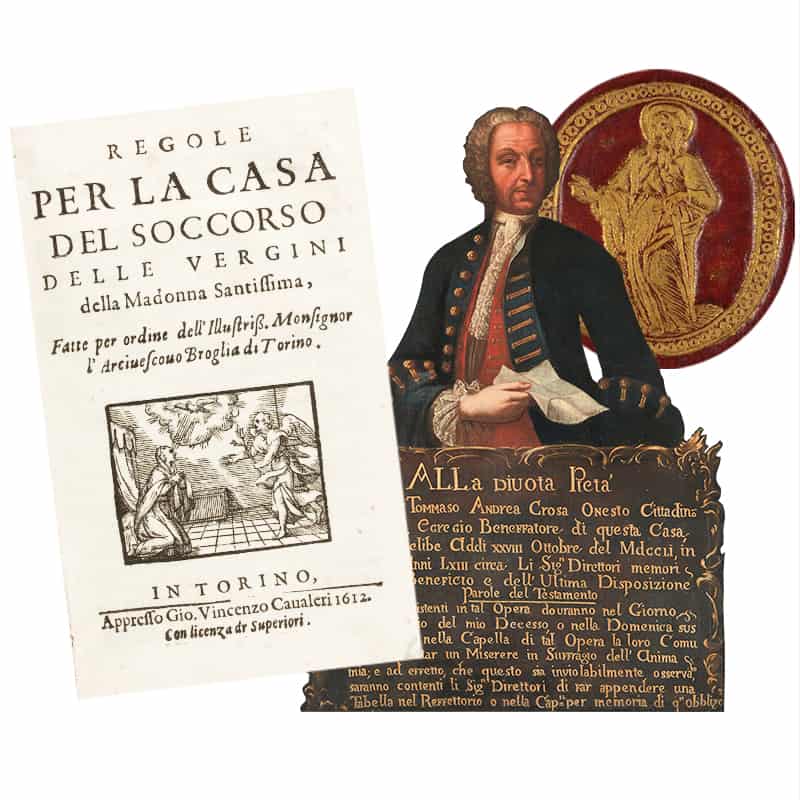
1589 – 1796
The same period saw the advent of philanthropy aimed at girls, through the provision of endowments and the opening of the Casa del Soccorso: built in 1589, it provided a home for poor, orphaned girls at risk of falling victim to exploitation. Together with the Casa del Deposito, founded in 1683 to provide help and lodging for women of all ages and backgrounds, it gradually evolved into an educational institute. With an increasing volume of assets to manage, as a result of legacies received from Piedmontese families, the Compagnia embarked on a period of intense financial activity, which reached its peak in the mid-1700s.
1798 – 1815
With the annexation of Piedmont to France, the Compagnia was shut down in 1802, and the Napoleonic government reorganised the Monte di Pietà in 1804 along the lines of the Monte di Parigi, which emphasised its role as a lender. With the Restoration, the Compagnia was re-opened.

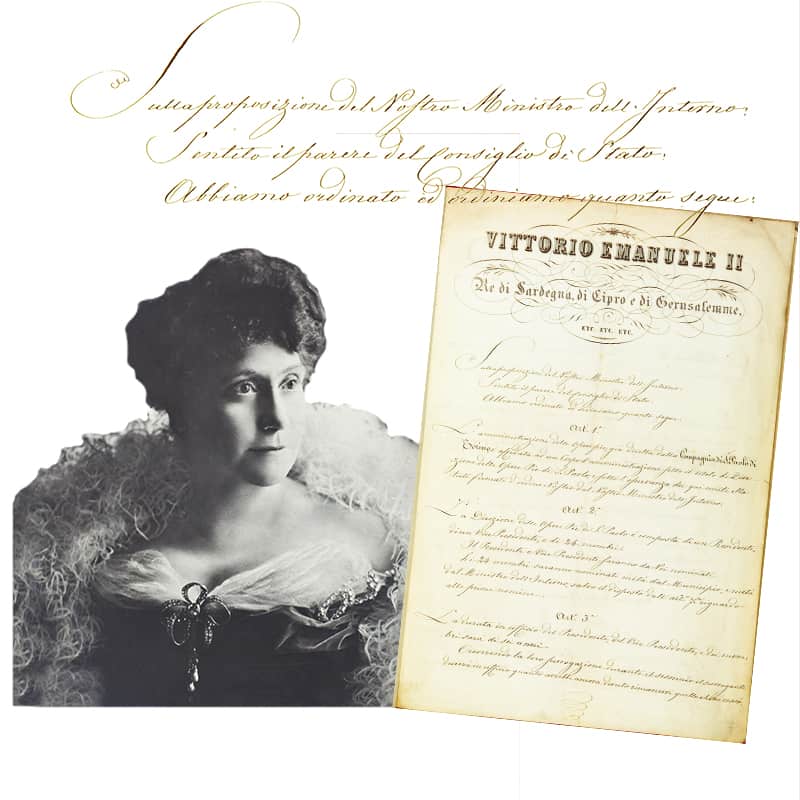
1853
The State of Savoy restricted the Compagnia’s work to religious practices in 1853, and assigned its assets and the task of managing its social care and credit activities to a publicly appointed council. The latter undertook banking business through Monte di Pietà, which then evolved over the years into a fully fledged bank.
1893
While stepping up its credit activity, the body now renamed Opere Pie di San Paolo di Torino continued the work of Ufficio Pio and the Educatorio Duchessa Isabella – the name given to the merged Casa del Soccorso and Casa del Deposito in 1883. The headquarters of the Educatorio Duchessa Isabella was built in the late 1800s, in what is now Piazza Bernini in Turin, according to the latest standards of school architecture of the era. The institute provided education for girls from primary school through to high school.
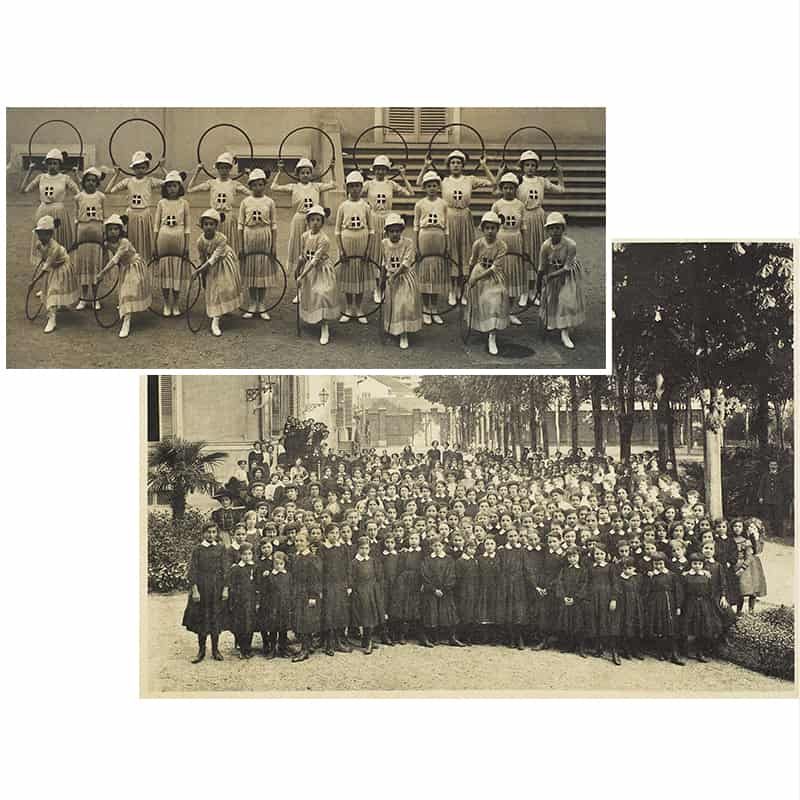
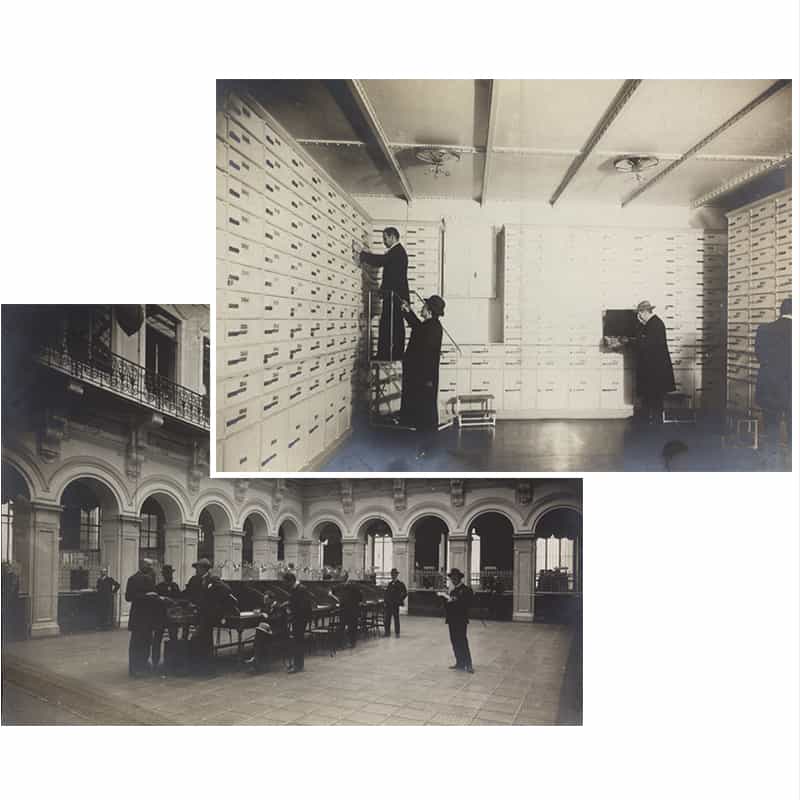
1900 – 1940
In the 1930s, the banking arm of Opere Pie di San Paolo di Torino saw rapid expansion. Its geographical expansion, boosted by the acquisition of the deposits of Banca Agricola Italiana, was accompanied by the expansion of its network of activities and services.
The post-war era
In the post-war years, Istituto Bancario San Paolo di Torino played a decisive role in the reconstruction of Turin, including by providing mortgages. Gradual geographical expansion, the diversification of credit and entry into the ECU market, as a leading player, laid the foundations for major national and international expansion. Meanwhile the philanthropic activities, especially in the social, building and health fields and cultural and artistic interventions proceeded and developed in parallel.
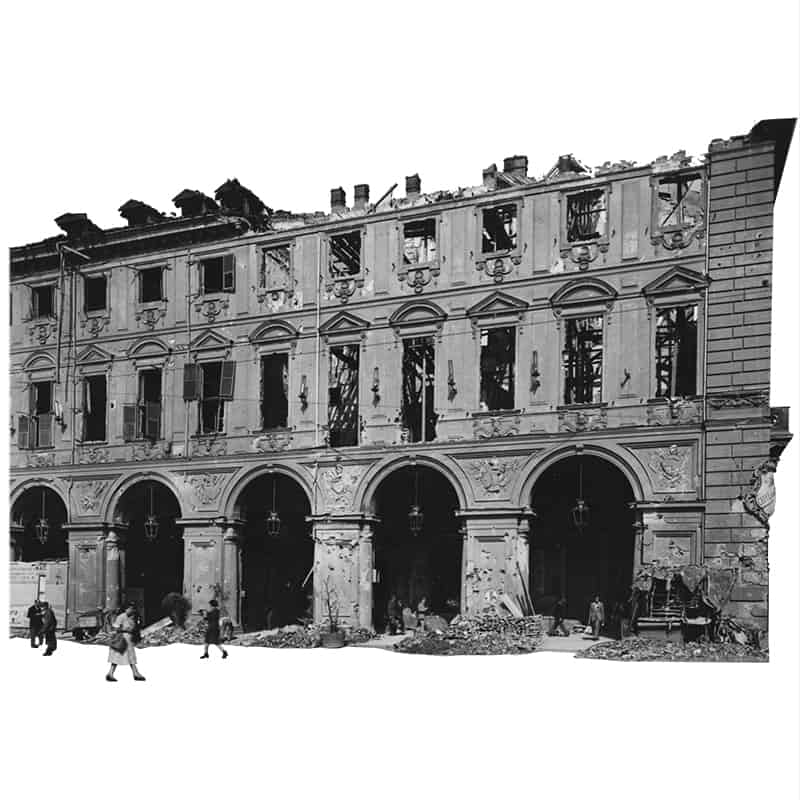

1991 – 2020
At the end of 1991, within the regulatory framework introduced by the “Amato-Carli” law, the commercial banking activities were assigned to a limited company and separated from the philanthropic activities undertaken by the organisation that regained its historic name of Compagnia di San Paolo. The value of the banking activities made up the foundation’s philanthropic assets. So while at the start of this major transformation, FCSP’s assets consisted exclusively of the entire shareholding in Istituto Bancario San Paolo, over the course of almost 30 years, as a result of the bank’s evolution and FCSP’s investment decisions, it has now become a balanced portfolio, consisting of the shareholding in Intesa San Paolo (6.7% of the banking group’s shares, making FCSP the bank’s largest single shareholder), plus a diversified range of other assets, which make up two thirds of the total portfolio.
FCSP is now one of the largest private philanthropic foundations in Europe, and pursues purposes of public interest and social utility, to promote the civil, cultural and economic development of the communities in which it operates.
2020
At the beginning of 2020, FCSP reorganised its structure into three goals – Culture, People and Planet – and 14 missions, in the wake of its decision to align with the Sustainable Development Goals (SDGs) defined by the United Nations and formalised in Agenda 2030. To endorse this transformation, FCSP restyled its logo and paired it with a tag line that captures the essence of the commitment that has always guided its work: “For the common good, since 1563”.
